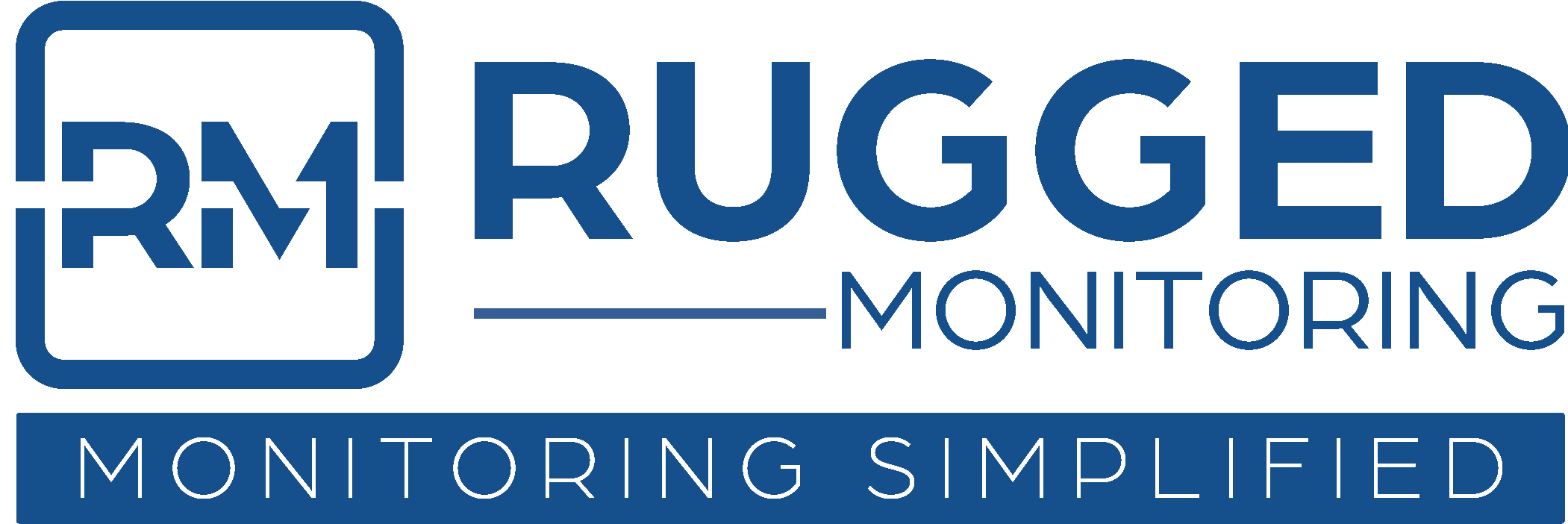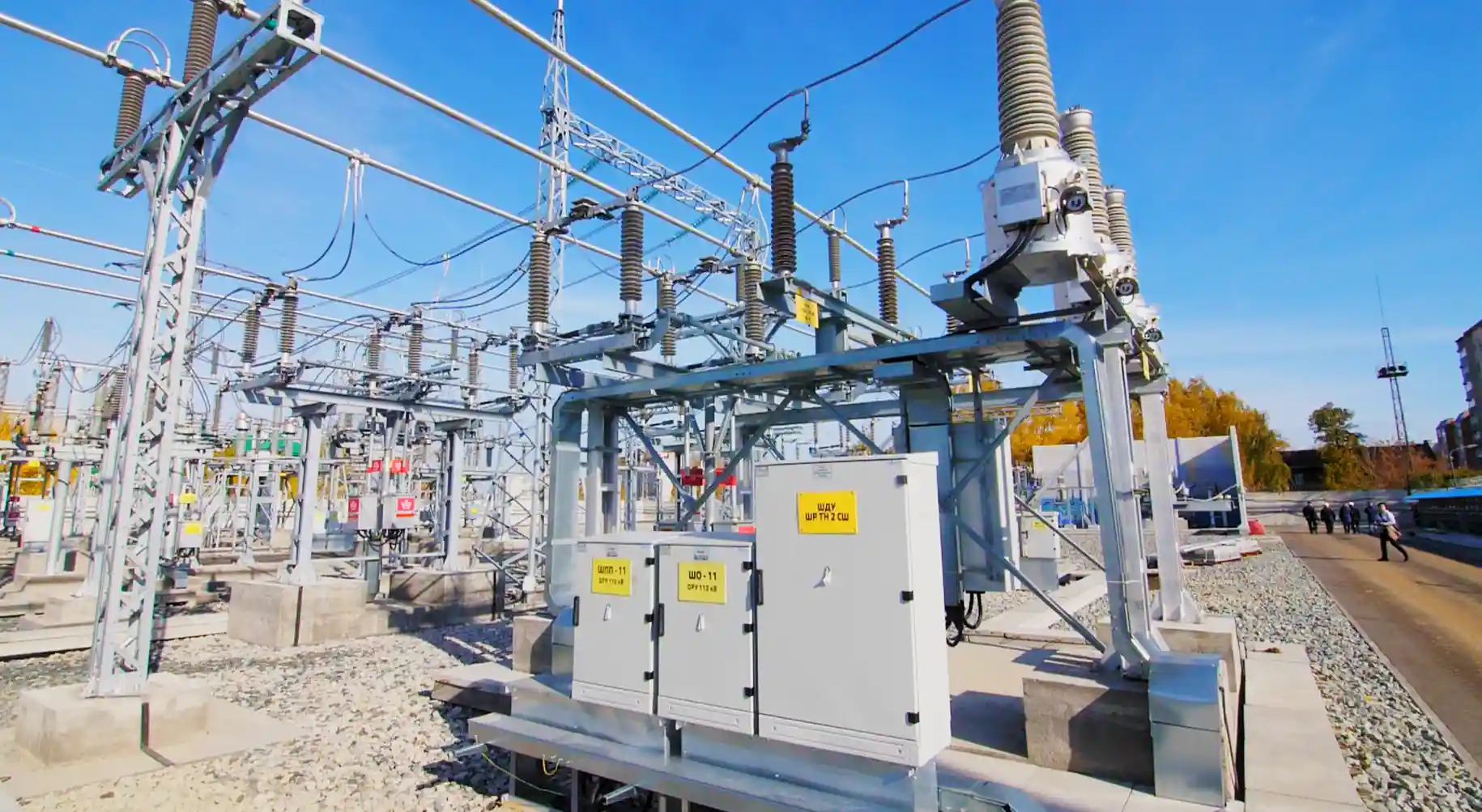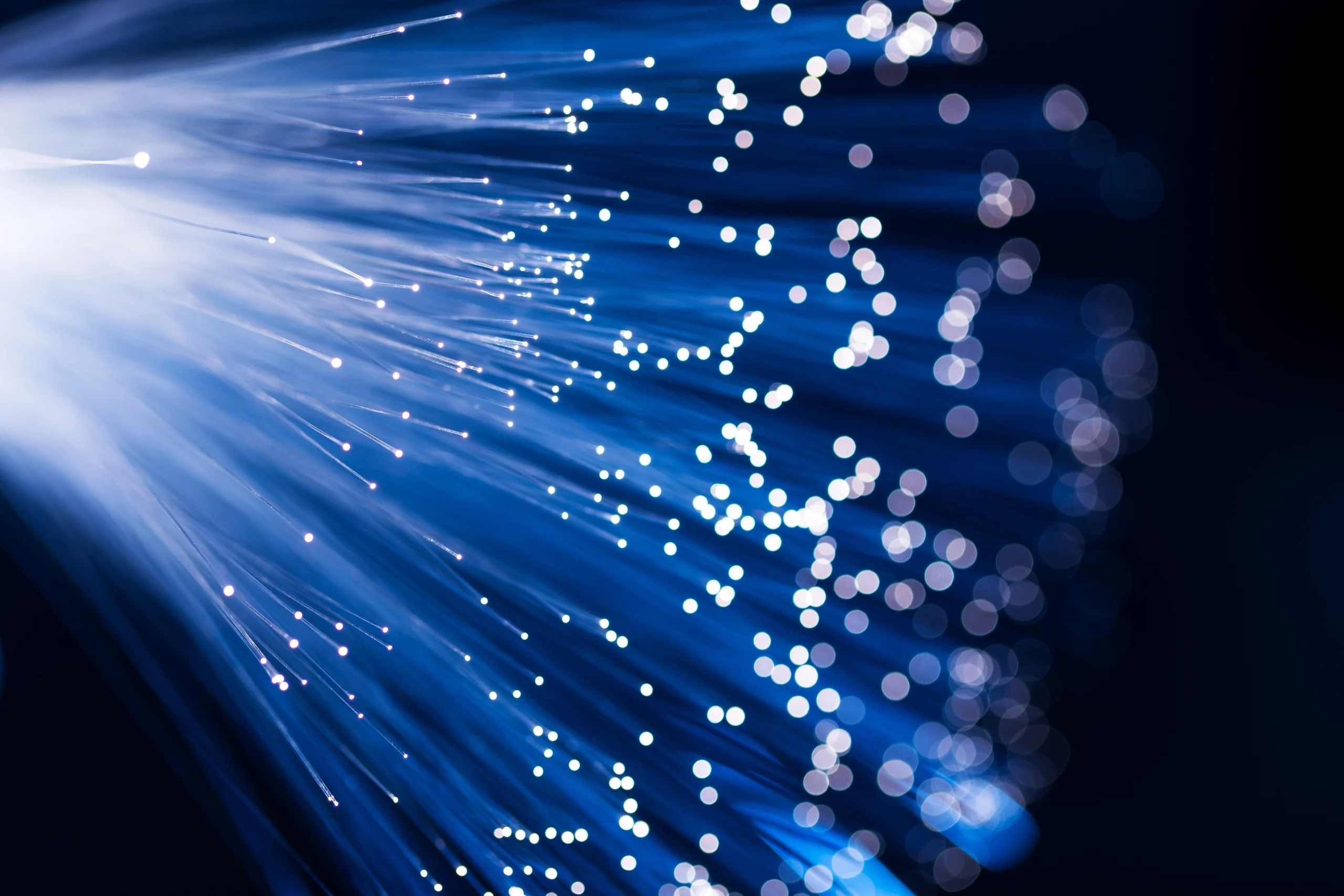Power cable monitoring technology enables real-time detection of hotspots by identifying temperature anomalies. This allows operators to take proactive measures and prevent costly outages.
In Part 1 of this blog series, we discussed the key aspects of hotspots in power cables and the importance of early fault detection. In this part, we will explore the top power cable monitoring technologies and how they help detect hotspots effectively. Additionally, we will provide a pragmatic overview of traditional and advanced solutions for mitigating thermal risks in power cables.
Top Power Cable Monitoring Methods to Detect and Evaluate Hotspots
Early fault detection allows for predictive maintenance, reduces expensive downtime, and ensures compliance with regulatory standards and industry best practices.
Without monitoring, hidden hotspots, especially in underground or subsea cables, can lead to severe damage. Advanced solutions like fiber optic hotspot detection are now the benchmark for reliable power cable monitoring.
The following section underlines the methods used for hotspot detection in power cables
1. Fiber Optic Sensors
a) GaAs Fiber-Optic Sensors
GaAs fiber-optic sensors use Gallium Arsenide crystals to detect temperature. When light travels through the GaAs crystal fiber tip, the absorption of light varies with temperature. These changes are analyzed to give accurate readings. These sensors are immune to electromagnetic interference, which makes them well-adapted for high voltage conditions. GaAs fiber optic solutions deliver precise and reliable hotspot detection in power cables, ensuring insulation integrity and long-term safety.
b) Fluorescence Fiber Optic Sensors
Fluorescence fiber optic sensors rely on materials that glow when exposed to light. The brightness and decay of this glow vary with temperature. The fluctuations are analyzed to give accurate temperature measurements. With fast response times and high sensitivity, they are effective for detecting rapid thermal changes. They are well-suited for extreme environments and emerged as a viable solution for real-time power cable monitoring in underground or industrial applications.
c) Distributed Temperature Sensing (DTS)
DTS uses Raman scattering to measure temperature continuously along optical fibers. As light travels through the fiber, it scatters differently depending on the temperature. By analyzing this signal, DTS creates a detailed thermal profile of the entire cable. This allows real-time detection of hotspots and temperature. DTS is beneficial for power cable monitoring in subsea, underground, or tunnel installations where inspections are complex.
d) Distributed Acoustic Sensing (DAS)
DAS relies on Rayleigh backscattering to detect vibrations and strain along optical fibers. It is examined with Coherent Optical Time Domain Reflectometry (C-OTDR). By sensing vibrations and strain along the cable, DAS detects acoustic events that could indicate tampering, leaks, or incipient faults. Integrated with AI and machine learning, DAS can classify and locate issues in real time.
e) Distributed Strain Sensing (DSS)
DSS employs Brillouin scattering to measure strain along optical fibers. When a fiber is stretched or compressed, the light traveling through it shifts. By analyzing these changes, DSS detects even minor deformations along a cable. This makes it valuable for spotting stress or movement in power cables before failures occur. As part of power cable monitoring, DSS helps maintain long-term reliability, especially in underground or subsea systems.
f) Localized Temperature Sensing (LTS)
LTS uses point-based sensors, such as Fiber Bragg Gratings, to measure temperature at specific locations along a cable. These sensors are often installed at joints and terminations, which are most prone to overheating. LTS is especially helpful for power cable monitoring in tunnels and underground installations where joint failure is frequent. However, LTS only measures temperature at specific points, which means it cannot detect issues developing in unmonitored sections. For this reason, it delivers the best results when used alongside distributed sensing technologies.
-
Electronic Temperature Sensors
Electronic temperature sensors, such as thermocouples and resistance thermometers, measure heat at fixed points on a cable. They work by turning temperature changes into electrical signals, which give localized yet precise readings. These sensors are preferred for their cost-effectiveness, compactness, and ease of installation in substations, underground networks, or labs. While limited to spot checks, they remain a practical option in power cable monitoring.
-
Infrared Thermography
Infrared thermography uses thermal imaging cameras to identify abnormal heating in power cables. When a joint or termination overheats, it emits more infrared radiation, and the camera transforms it into visual representations with varying colors—mostly red or yellow for hotspots. This method quickly highlights cracks, loose connections, or insulation problems. Since it is non-destructive, it is widely used during routine inspections to identify hotspots. This allows faults to be detected early before they escalate to failure.
Each method of hotspot detection in power cables offers unique capabilities, making them vital for power cable monitoring strategies. These technologies enable comprehensive cable hotspot monitoring, helping utilities and industries across various sectors to act proactively, address issues early, and sustain efficiency.
Where Is Fiber Optic Technology Used in Real-World Applications?
By providing continuous, real-time insight into temperature, fiber optic sensors allow operators to detect issues early, ensuring reliable power delivery. Let’s look at some real-world scenarios where they make a difference:
1. Underground High-Voltage Networks – Avoiding Blackouts
In urban areas or metropolitan cities, high-voltage transmission cables are difficult to access. Hotspots often form at joints buried in ducts.
Early Detection Impact: Fiber optic technologies, such as DTS and GaAs, identify abnormal heating in joints before it occurs, thereby avoiding outages.
2. Offshore Wind Farms – Preventing Subsea Cable Failures
In offshore wind farms, subsea power cables face extreme mechanical and thermal stresses in marine environments. A small hotspot due to faulty joints or terminations can cause thermal runaway.
Early detection impact: DTS and DSS systems indicate local temperature increase around a splice of power cables. This allows operators to act before cable sheath damage, preventing costly replacement and ensuring a reliable power supply.
3. Data Centers – Safeguarding Uptime and Reducing Fire Risks
Data centers operate under high power density. Cable trays and bus ducts hold high currents that heat up rapidly if hotspots occur.
Early Detection Impact: GaAs and DTS sensing technology are deployed to indicate a hotspot developing in a power distribution unit. It enables rectifying problems before they escalate into catastrophic failures and avoiding potential arc-flash and fire hazards.
4. Industrial Applications
Industries such as mining, offshore oil & gas, and refineries rely on long underground power cables and umbilical cables. Any failure due to dust, vibration, or humidity can lead to hotspots, which can cause cable failure.
Early Detection Impact: DAS with DTS detects abnormal heating patterns, flagged hotspot correlated with acoustic disturbance (partial discharge). Early hotspot detection in power cables avoids hazardous conditions and unplanned production loss.
Benefits of Integrating Predictive Maintenance in Power Cable Monitoring
With advancements in power cable condition monitoring, cable failures can be detected using technologies such as IIoT, AI, and digital technologies; cable monitoring is evolving into a comprehensive, integrated intelligence system for power cables.
-
AI and Machine learning for Predictive Maintenance
AI and Machine learning analyze data from fiber optic sensors to identify thermal anomalies. This helps enhance power cable monitoring by predicting failures, scheduling maintenance, and providing actionable insights before faults occur.
- Seamless IIoT integration
Fiber optic cable monitoring integrates with IIoT platforms, enabling the deployment of compatible sensors, centralized data on a unified platform, and a data-driven system for reliable operation.
-
Smarter Asset Life Management
Cable monitoring extends asset life, enabling proactive maintenance, optimized operational efficiency, and enhanced safety by preventing hazards and deteriorating cable health.
-
Sustainability and Grid Modernization
Real-time and continuous online cable monitoring helps identify energy losses in cables, stabilizing the resilient grid and enabling the integration of renewable energy sources, thereby reducing the risk of power outages.
Fiber optic sensing technology provides distinct benefits for power cable monitoring, including real-time detection and unmatched accuracy in challenging environments. By stepping beyond traditional inspection techniques, utilities and industries can leverage data-driven, scalable solutions that enhance reliability and extend the life of their assets. This transition isn’t merely about monitoring—it’s about empowering smarter decisions to safeguard critical transmission networks.
Move from reactive to Predictive maintenance with Rugged Monitoring
With Rugged Monitoring’s solutions, you can invest in real-time hotspot detection through intelligent IIoT sensors . We also offer advanced fiber optic edge devices and an enterprise-level APM Suite. Together, these solutions help you stay ahead of cable failures and achieve smarter, more reliable power cable monitoring – ensuring uninterrupted power delivery.
Why Rugged Monitoring’s Fiber-Optic Sensors Stand Out
Rugged Monitoring’s fiber optic sensors provide precise, real-time temperature insights, ensuring early hotspot detection and long-term cable reliability.
- Immune to electromagnetic interference (EMI)
- Zero-drift GaAs technology for highly accurate hotspot detection.
- Early warning of thermal stress before insulation failure occurs.
- Alarm alerts for faster maintenance response.
- Durable sensors designed for extreme environments.
- Compact for easy installation in narrow spaces.
Contact our experts today to know more about hotspot solutions for power cable monitoring.




